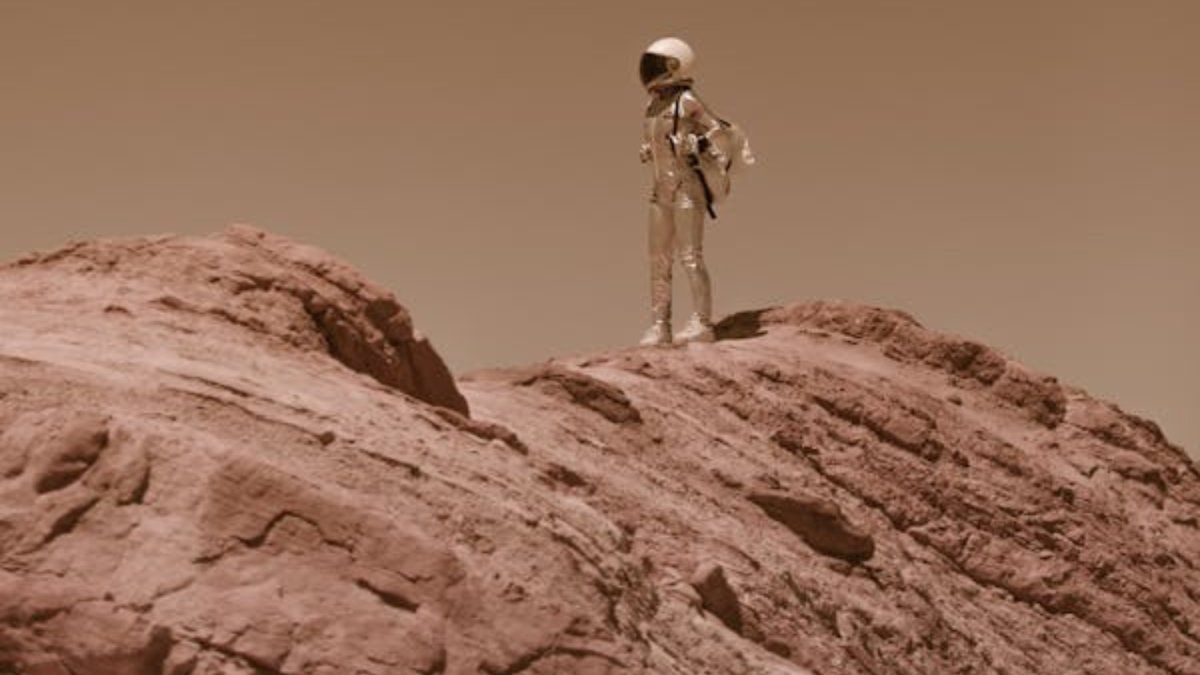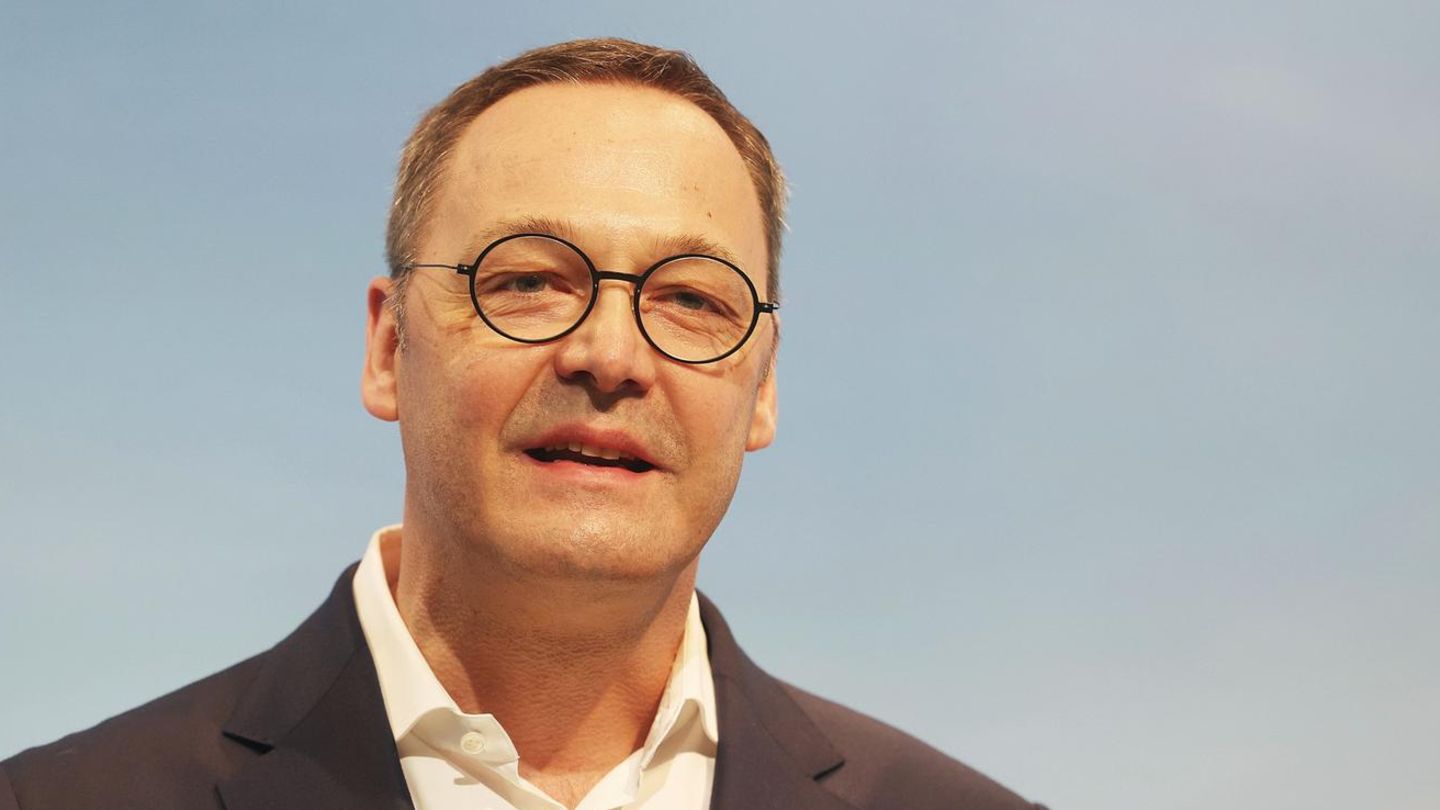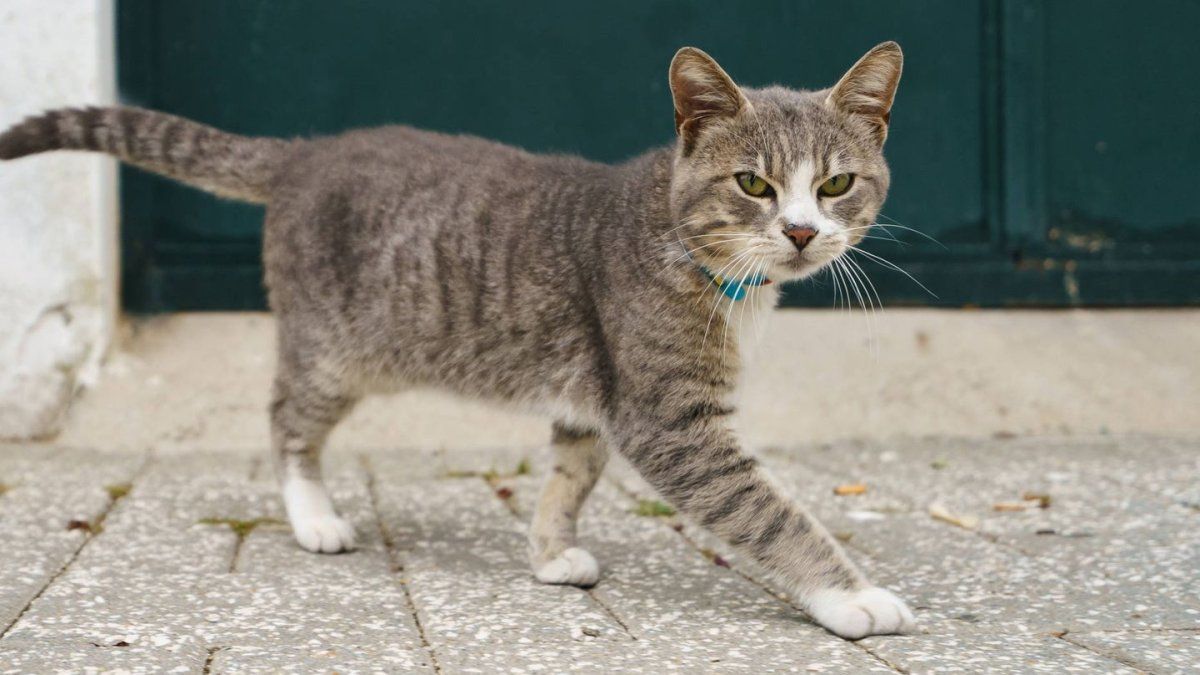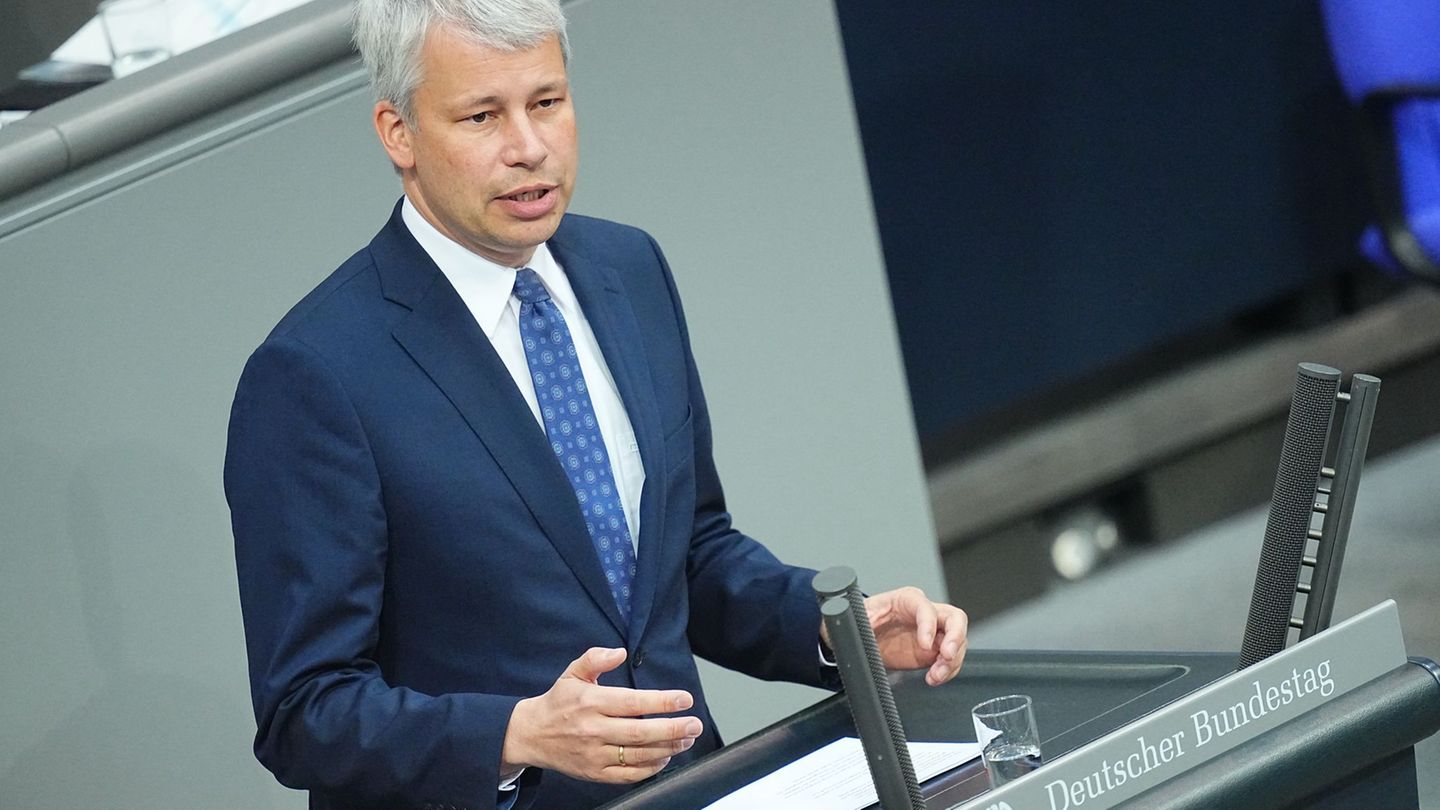After decades of trips to space, key to scientific evolution, the proposal arose to turn Mars into the first space museum. The artifacts abandoned on its surface are considered relics of archaeological value.
The anthropologist Justin Holcomb presented the idea of turn Mars into the first space museum. This is due to the large number of artifacts accumulated on its surface after decades of human exploration on its surface. From the remains of Soviet Mars 2 to the wheels of the Perseverance rovereach object tells a chapter of the story in space exploration.
The content you want to access is exclusive to subscribers.
In his study published in Nature Astronomy, Holcomb seeks to change the perception of these objects, considering them not as “space junk”, but as “cultural heritage”. According to the anthropologist, the artifacts on Mars constitute a record of immense value that not only deserves to be preserved for their physical state, but also for the stories they tell about our ability to explore and adapt to new worlds.


NASA Mars.png
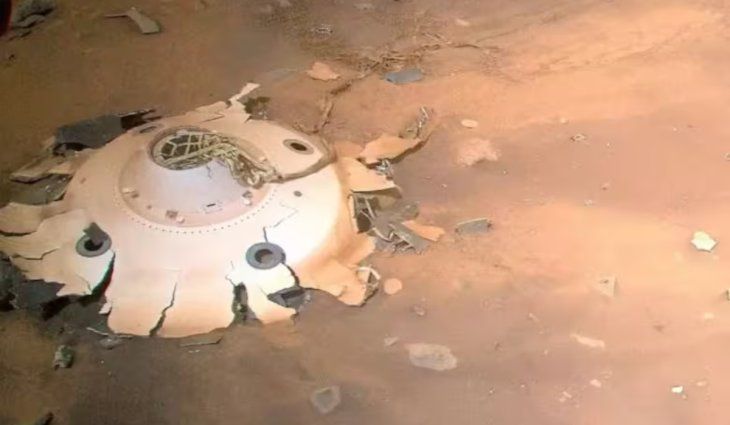
The first human footprint that marked the surface of Mars in 1971.
POT
The archaeological value of artifacts on Mars
Objects on Mars from 1971like the remains of Mars 2 and the Ingenuity drone, They are more than technological waste. Holcomb and his colleagues propose that These pieces are proof of human ingenuity and our transition towards being an interplanetary species. These remains could be studied like ancient landfills, revealing information about past societies.
To achieve this, they highlighted the need to study how the climate of Mars affects the conservation of these objects. Dust storms and extreme conditions could deteriorate them, making it urgent to document and protect them.
NASA Mars.png

POT
What are the conservation and cataloging challenges?
To conserve and protect objects on Mars there are several challenges, such as prevent future missions from damaging these sites and understand the effects of the Martian environment. For example, the Spirit rover, which is near a dune field, could become buried, making it difficult to study in the future.
Holcomb proposes using databaseslike the UN Registry of Objects Launched into Outer Spaceto catalog each object. It is also key to develop methods to analyze how the Mars environment affects these remains. This new discipline, called “planetary geoarchaeology”, seeks to understand these processes to ensure they are preserved as part of our legacy.
Source: Ambito
David William is a talented author who has made a name for himself in the world of writing. He is a professional author who writes on a wide range of topics, from general interest to opinion news. David is currently working as a writer at 24 hours worlds where he brings his unique perspective and in-depth research to his articles, making them both informative and engaging.

